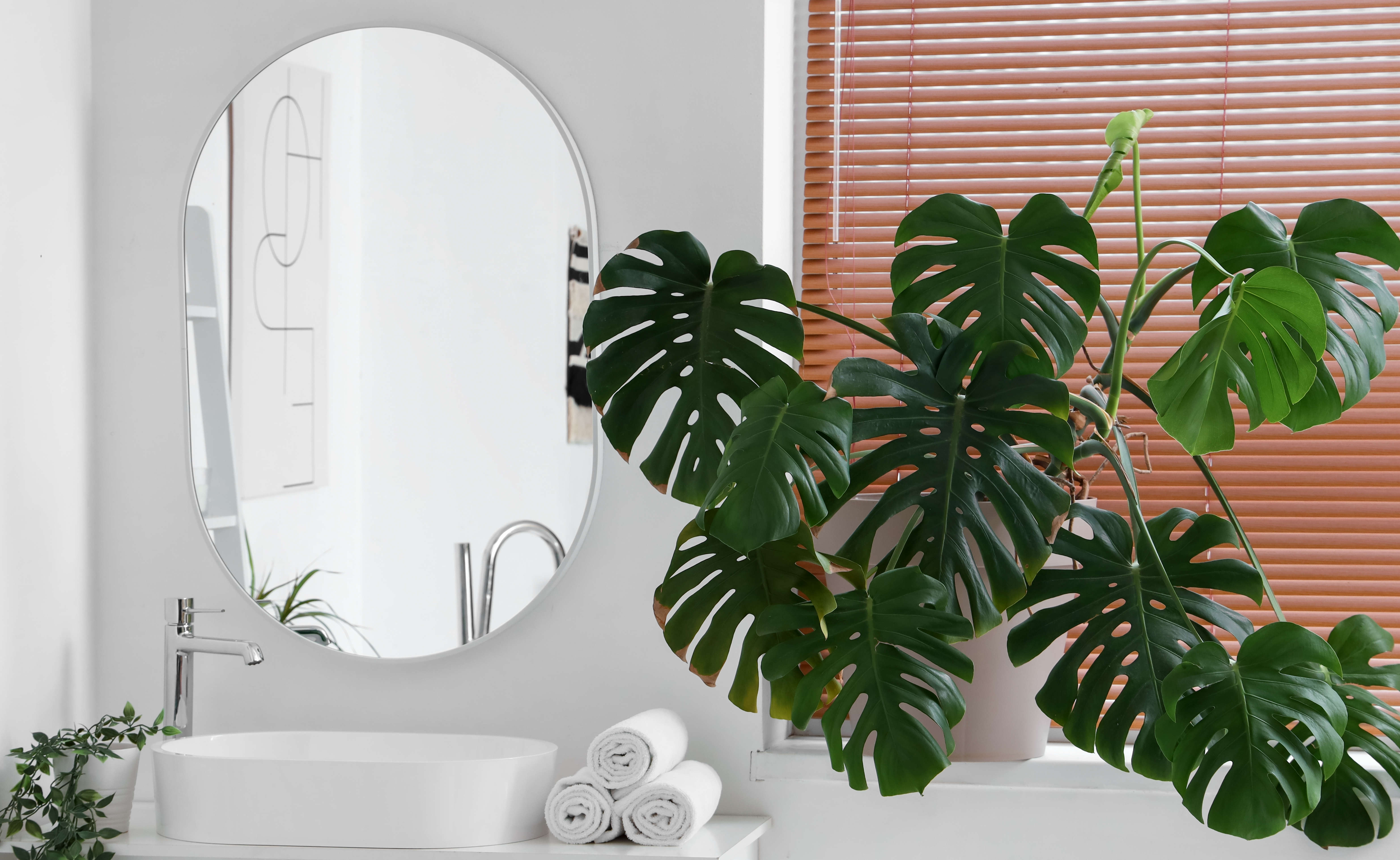5 plants to sow in January for an early crop
Sow and grow these 5 seeds at the start of the year
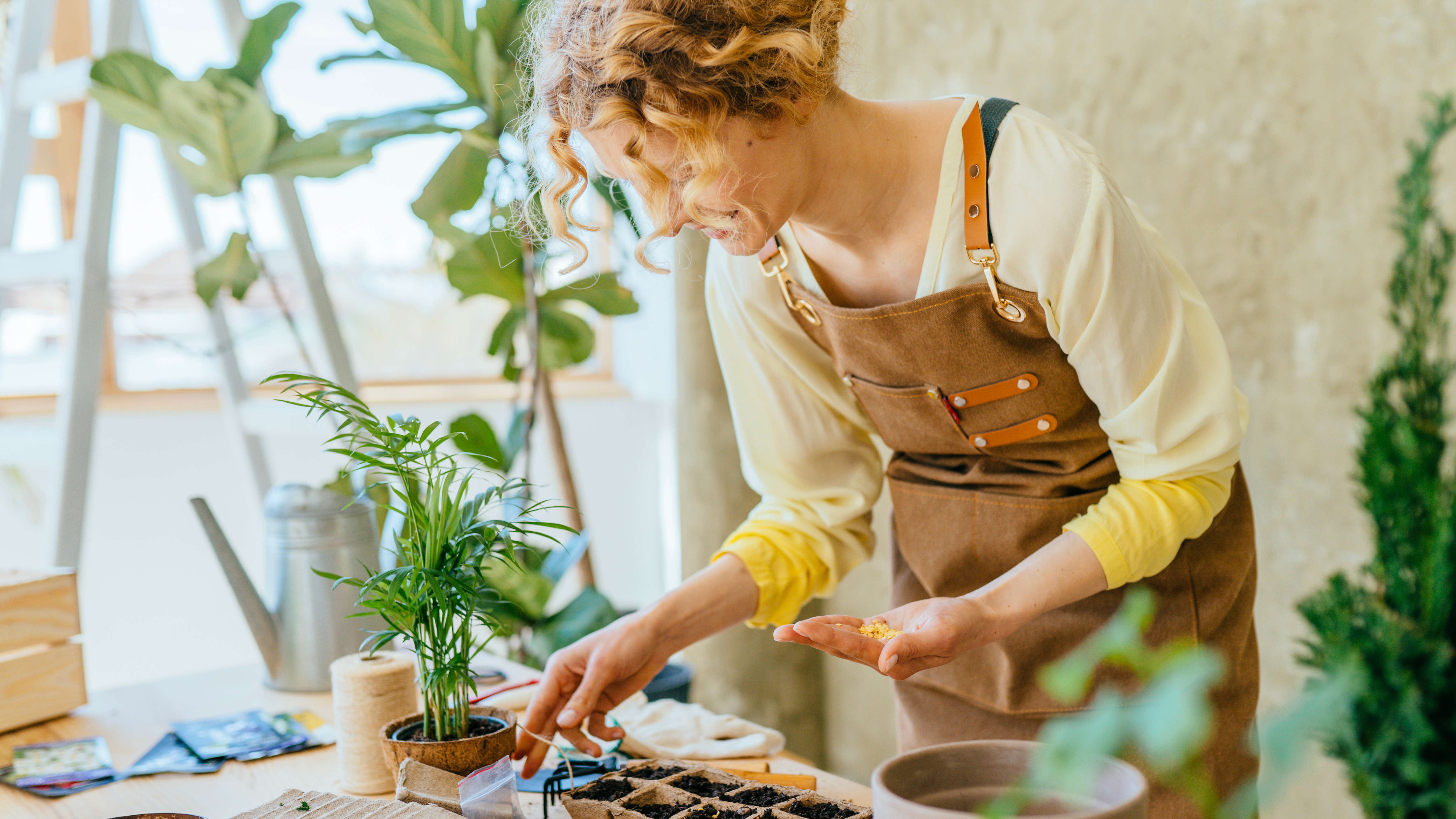
January is a notoriously difficult time of year in the yard. Even the most hardened gardeners can struggle to don their well-worn boots and brave the bitter chill. But although most of it remains dormant, there are plenty of jobs to be done to prepare your yard for spring.
The beginning of the year is a good time to plan ahead and decide which plants you’d like to sow. Perhaps you’re happy with what you’ve sown before or you’d like to experiment with something new. It may be your first time and you’d like some guidance on what seeds you can plant in January.
Planting early in the year when light levels and temperatures are low will require a few extra provisions. Seeds need water, oxygen and heat to germinate, so during January, they need to be placed under glass or on a sunny windowsill to give them the best start.
Alternatively, a heated propagator can provide the perfect growing conditions for seeds, giving them a boost in temperature to get them germinating. And if you’re already a keen gardener, you may already have a greenhouse or be thinking of investing in an indoor greenhouse if you have the space.
You'll also need a pair of the best gardening gloves, some seed trays, pots for growing on your seedlings, a hand trowel and a mister or small watering can. And don't forget the plant labels!
1. Geraniums
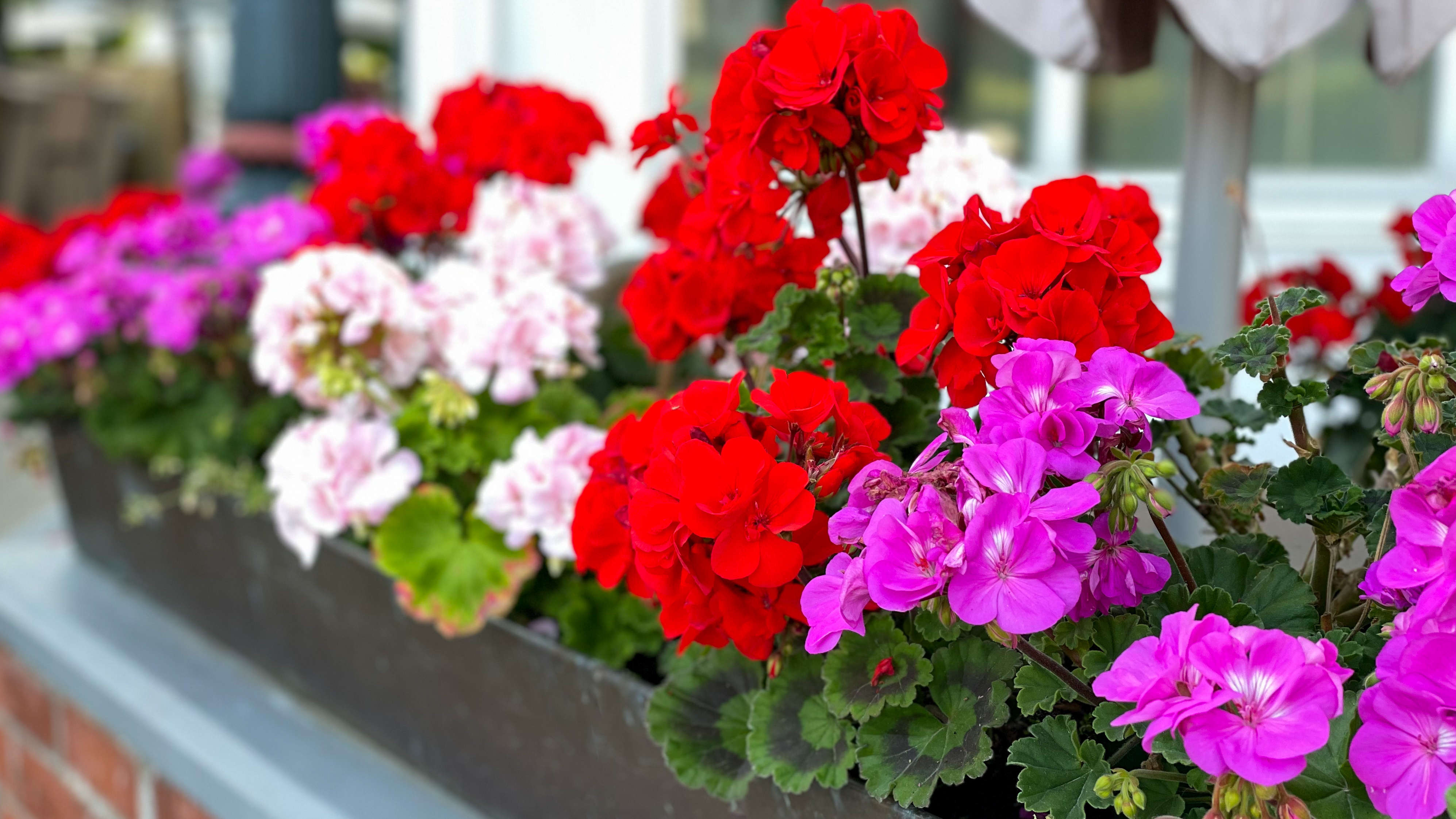
I love my geraniums, although I’ve never grown them from seed before. I place ones with bright red petals in window boxes, and they flower from June through to November. They also work well in hanging baskets. If I was looking to create a larger display I would definitely grow them from seed, giving me more bloom for my money.
If growing from seed, geraniums should be sown thinly in small seed trays using seed compost mixed with 10% grit. Alternatively use planting cells and place one seed in each. Remember to water gently after sowing using a fine rose or mist spray. Then, place them under a heated propagator with a temperature of 75°F.
Get instant access to breaking news, the hottest reviews, great deals and helpful tips.
Germination may be quick, around three days, or it could take up to four weeks. As soon as you see the first sign of shoots appearing, remove the covering and give the soil a light mist if it looks dry. Then place the plants on a sunny windowsill.
Once the plants have developed three sets of leaves they are ready to be transplanted. Plant the seedlings in a 4-inch pot to give the roots plenty of room and use fresh compost to avoid disease. Once frost-free weather arrives it's then time to 'harden' off the seedlings. Place them in a sheltered spot outside for about a 7-10 days, bringing them in at night before planting them outside.
Harris Seeds stocks a wide range of geranium seeds. I particularly like Geranium Maverick White.
Use the best compost for the job
It’s always advisable to use the correct compost when planting seeds. A seed compost will contain the correct balance of nutrients to encourage healthy roots and growth. If you swap it to a standard potting compost, it may be too rich and coarse to nurture the seedlings. Adding grit is also necessary, as according to Compost Direct, grit helps to improve the structure and drainage of the soil while providing small pockets to hold the air and water.
2. Basil

Basil is the perfect herb to grow from seed if you're a keen cook and enjoy serving fresh tomato dishes with an extra fragrant kick. There’s nothing like the sweet aroma to get your mouth watering, and it's one of many indoor plants that will make your house smell nicer and it also looks beautiful sitting on a kitchen windowsill.
The advantage of basil is that you don’t need much space to grow it, and it will perform well in small yards, outside kitchen doors and on balconies and window sills.
The U.K.'s RHS recommends sowing basil seeds into small pots or seed trays before covering with a thin layer of vermiculite, which helps to retain water and nutrients. Then, place them in a propagator or cover with a clear plastic bag.
Once the seedlings appear, remove the covering and place the pot or seed tray on a sunny windowsill, although be careful to avoid full sun. Give them regular water, but avoid overwatering. Basil seedlings are prone to damping off disease which will weaken the plant.
Once leaves appear, the seedlings are ready to be transplanted to small 3-inch pots, filled with multi-purpose compost.
There are plenty of basil varieties, including sweet, Thai, purple, lemon, and even cinnamon, plus a few more. I’d recommend starting with sweet basil, as it’s a good allrounder in the kitchen.
3. Sweet peas
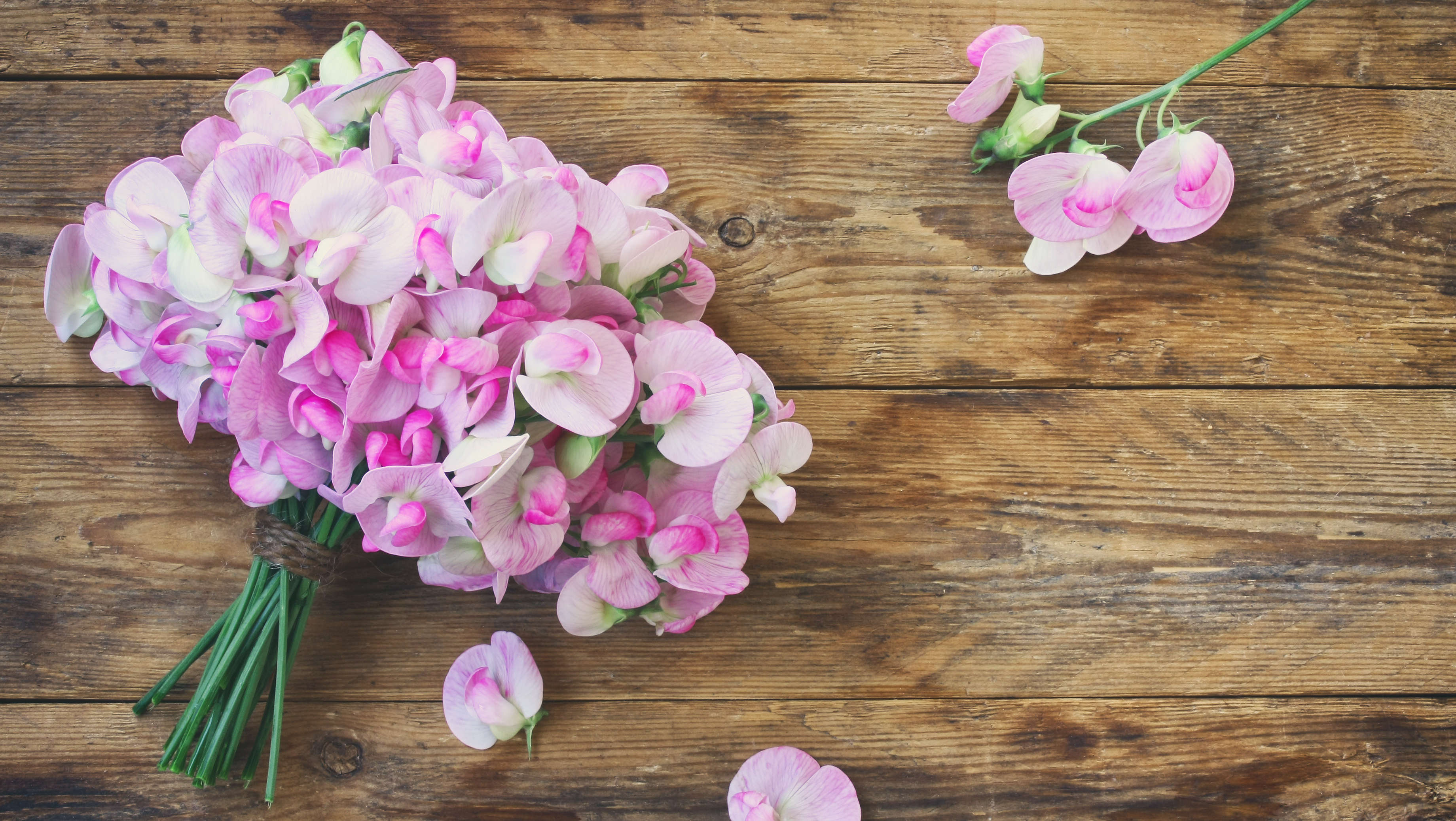
The thought of sweet peas takes me back to my father-in-law presenting me with a home-grown bunch wrapped in foil. He was a keen gardener and grew a wide range of fruit, vegetables and flowers in his ample greenhouse and back yard. It was always a treat to receive a small bouquet overflowing with ruffled petals in the summer, which filled the house with a delightful fragrance.
Sweet peas make ideal cut flowers, as many varieties are fragrant. Sow the seeds in 3-inch pots or seed trays, filled with seed compost mixed with 10% grit. Then, keep them moist. They can be kept in an unheated greenhouse or cold frame to germinate, which is best at a temperature of 50-55°F. You should see the seeds beginning to sprout after 10-14 days. Once they have sprouted, at around 35-50°F, they are ready to transplant outside.
Expect your sweet peas to bloom between May to August.
4. Chilli Peppers
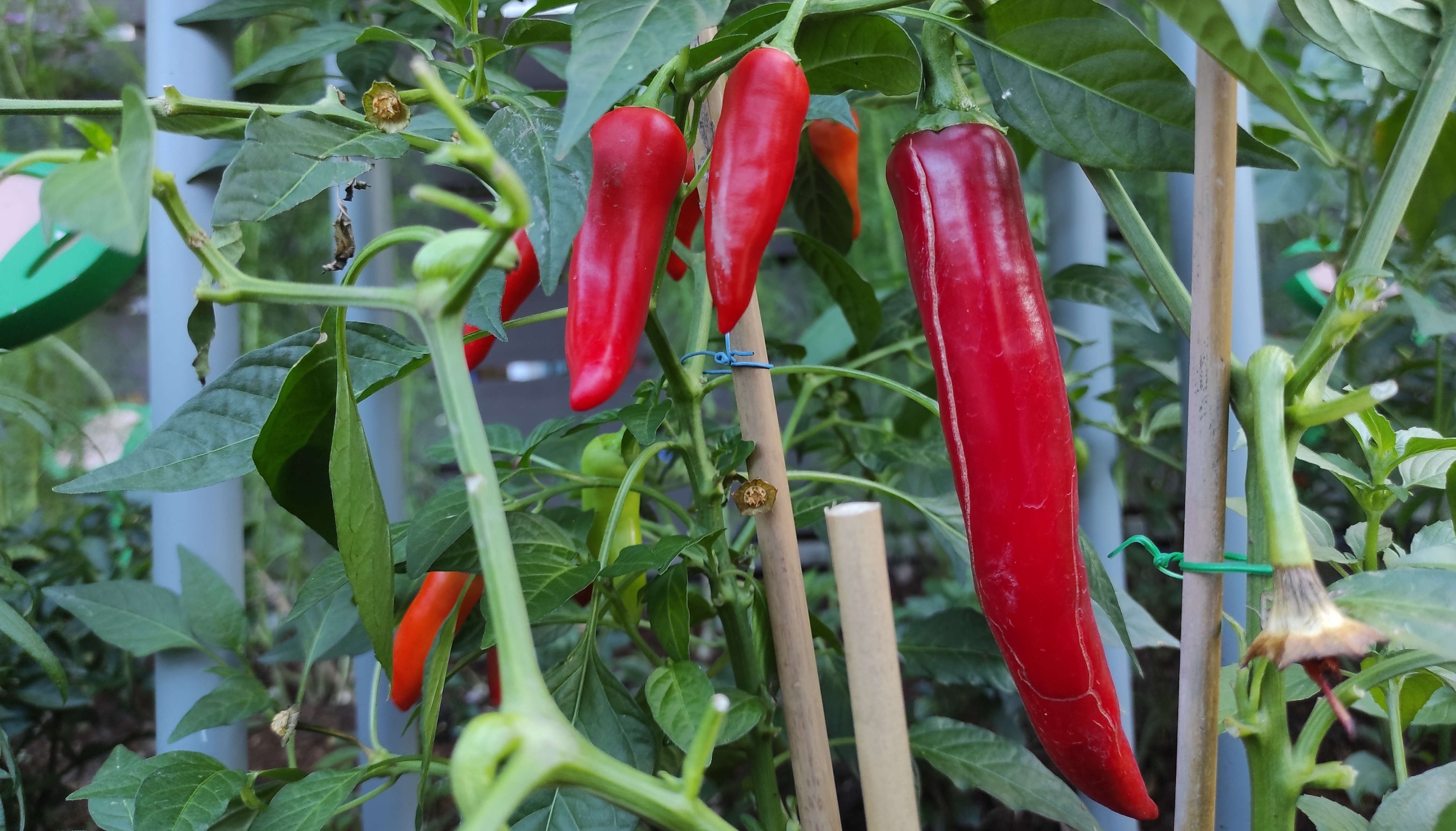
While it’s cold outside, why not spice things up with some heat? There’s a chilli pepper for everyone, whether you want something hot, mild or colorful. And although they can be grown in a greenhouse they can also be grown in a pot indoors.
Mr Fothergill's says: “These crops need a long growing season so get sowing now. The seeds can be grown in pots or trays and although germination can be slow, once their true leaves have been revealed it’s important to pot them up to continue their rapid development. If left too long between germination and potting on they can be slow to recover and their growth can be hindered."
For best results, it's important to feed them regularly once flowers start to show, and Mr Fothergill's suggests using a tomato feed as it's widely available.
Start by filling a seed tray with moist seed compost and flatten down. Sow a few seeds on top and cover with a fine sprinkling of vermiculite or compost. Place in a propagator heated to 64-77°F. If you don’t have a propagator cover with a clear plastic bag and position them somewhere warm.
The seeds should start to germinate after 7-10 days, when they should be transplanted and moved to a warm and sunny windowsill or greenhouse. Continue to keep the soil moist, without letting it become too wet.
Once your chillies are ready to harvest, Mr Fothergill's recommends freezing any surplus, saying they are best frozen whole as they last longer this way.
Some varieties are easier to grow than others, so if you’re a beginner, start with a Capsicum annuum or Capsicum baccatum variety, which are generally quicker to germinate and mature. You could grow the Bird’s Eye Chilli, Cayenne Chilli or Jalapeno.
Choose your chilli with care: If you’re planning to grow chillies for culinary use, check the strength of the chill before buying the seeds. The heat in chillies is measured in Scoville Heat Units (SHU), with the scale based on the amount of capsaicin — the chemical compound found in chilli that’s concentrated in the tissue near the seeds. While most chillies measure around 6,000 to 30,000 units, the hottest can reach over a million units.
5. Broad beans

Although most varieties of broad beans are best sown in February and April, some hardy varieties can be sown earlier. The beginning of the year is a good time to get sowing for those impatient to enjoy these delicious beans smothered in lemon and butter.
Broad beans are also a good plant to grow if you’re a beginner, and if you have children or grandchildren, they will also enjoy watching the plants as they mature, along with harvesting the crop.
When growing at the end or the beginning of the year, when the climate is cooler, it’s best to sow broad bean seeds indoors. Use a modular seed tray with individual cells and fill with a multi-purpose compost. Place a seed in each section and cover it with half an inch of soil before giving it a light water. Place them in a cold frame or unheated greenhouse, and they should start to sprout in three weeks.
After about six weeks, they will be ready to transplant outside once their roots have filled their pots.
According to Thomson & Morgan, hardy varieties, like Aquadulce Claudia, will provide you with an early crop, while Crimson Flowered, The Sutton, De Monica and Masterpiece Green Longpod are best sown later in the year.
More from Tom's Guide

Camilla is the Homes Staff Writer and covers everything to do with homes and gardens. She has a wealth of editorial experience, mounting over 30 years, and covers news and features, tests products for reviews and compiles buying guides.
Her work has appeared in business and consumer titles, including Ideal Home, Real Homes, House Beautiful, Homebuilding & Renovation, and Kitchen & Bathroom Business. She’s even appeared on the cover of Your Home, writing about her own house renovation.
Although she’s obsessed with decorating her home, she also enjoys baking and trying out the latest kitchen appliances. But when she’s not inside, you’ll find her pottering about in her yard, tending to her vegetable patch or taking in her prized hydrangeas.
 Club Benefits
Club Benefits





